Advanced Riding Courses in Southern California
Total Control Advanced Riding Clinic
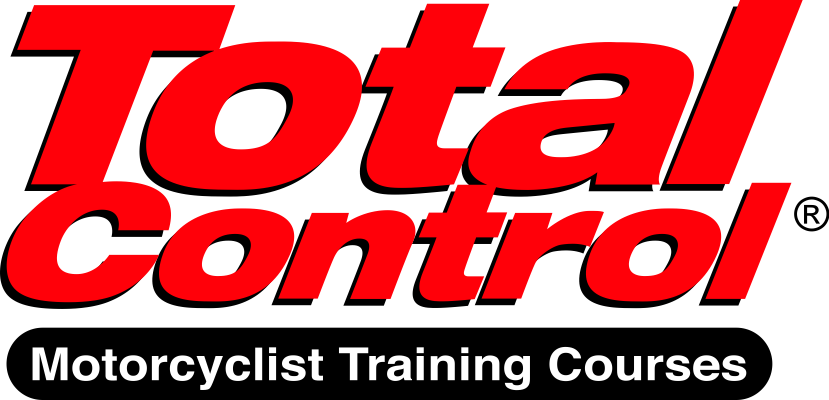
Total Control® Advanced Riding Clinic

Whether you want to become a more proficient and safer rider on the street—or a faster rider on the track—mastering advanced riding techniques is crucial and should not be postponed until it is too late. Unfortunately, most advanced riding courses in the country are only offered in high-speed racetrack environments. The fear of crashing at high speeds and the pressure of other riders flying by are too intimidating to most motorcyclists so they never take this important step forward.
During our Advanced Riding Clinics, every drill is performed one at a time, and at street-legal speeds, in a controlled environment. After each run, you will receive professional, concise coaching on the specific skills you need to work on to transform your riding. From cruisers to sportbikes, all types of motorcycles and riding styles are welcome to attend.
This course is based on Lee Parks' best selling book Total Control: High Performance Street Riding Techniques.
What ARC Covers
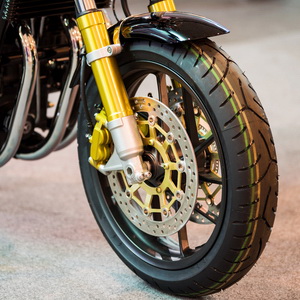
Traction Management
There are so many different factors that affect traction, from cornering and acceleration forces to the design of the tires and the weight of the bike; riding a motorcycle is really an exercise in traction management. The purpose of nearly every skill taught in our Advanced Riding Clinic is to help you understand what traction is, how it works and how to effectively use the limited amounts of traction available on a motorcycle.

Throttle Control
The single most important control on your motorcycle is the throttle. This is because—beyond speed and acceleration—it applies forces to so many aspects of your bike's handling including traction, suspension, weight transfer, steering, stability, and ground clearance. Knowing how to skillfully apply the throttle is one of the major distinctions between good riders and great riders.

Mental State
You know what it is like when you are 'in the zone', everything just seems to flow, one corner seamlessly blending into the next, and you are always in the right place on the road. You also know when you are not in the zone, because everything seems to go wrong, the ride is harsh and jerky, cars take a swipe at you and it just feels like you are having a generally bad day. During our Advanced Riding Clinic, you will learn how fear and concentration can have such a profound effect on your riding and what simple steps you can take to ensure you have a perfect ride every time.
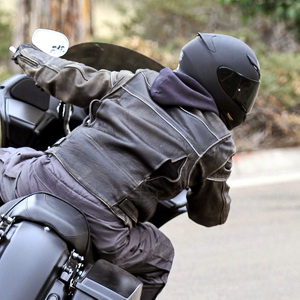
Vision
Vision is, without a doubt, the most fundamental skill for proper riding. The majority of decisions made while riding are based on information coming in through your eyes. The main reason for vision being so critical is that you go where you look but even experienced racers struggle with maintaining proper vision through the corners. At Total Control you will learn why riders go where they look and how you can use your eyes to your advantage and safety during every ride.

Line Selection
Unlike cars, motorcycles can take a lot of different lines through a particular corner. Some of these lines will help you make a safe and serene progression through the bends, while others will ruin your perfect ride! During our Advanced Riding Clinic you will learn exactly how to plan and follow proper lines on every corner of the road.
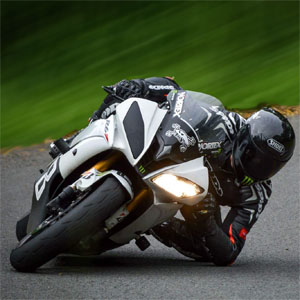
Body Position
No matter what you ride, the way you position your body on your motorcycle has a profound impact on how it will handle during a corner and also determines how much physical effort you will need to control it. Our Advanced Riding Clinic uses a ten step technology to ensure you achieve the right body position—every time. We call it a technology rather than just a bunch of tips, because ALL the ten steps combine to give you consistent results.
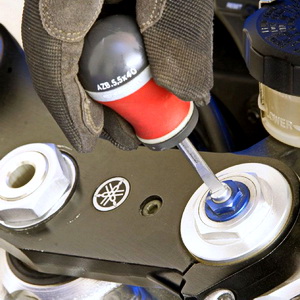
Suspension Setup
Having the right suspension setup is one of the keys to riding fast and safely. No matter which shock or fork you have, they all require proper adjustment to work to their maximum potential. The knowledge about how your suspension works—and how to properly adjust it and maintain it—will work together with proper riding skills to improve your overall ability to manage traction.
Total Control® Advanced Riding Clinic, Level 2
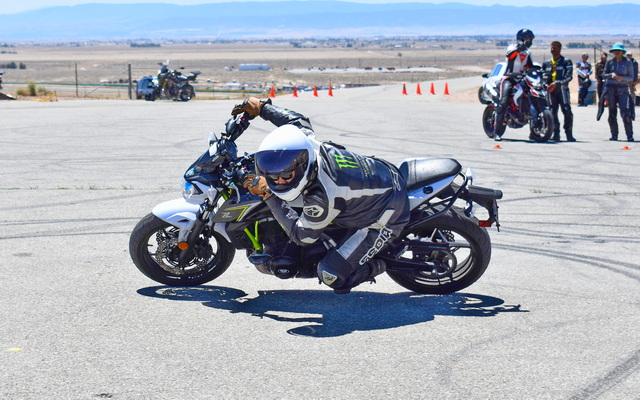
The Total Control® ARC, Level 2 takes off where Level 1 left off. More challenging exercises and riding technology from the best-selling book Total Control adds additional advanced techniques to any experienced rider's "toolbox." Where the TC ARCSM builds proficiency in your riding, Level 2 puts you on a path to true mastery.
The TC ARCSM L2 is the perfect next step for those wishing to continue their advanced training as part of a lifelong learning regimen. (Note: All participants MUST have completed Total Control ARC®, Level 1 as a prerequisite. No exceptions.)
During our Advanced Riding Clinics, every drill is performed one at a time, and at street-legal speeds, in a controlled environment. After each run, you will receive professional, concise coaching on the specific skills you need to work on to transform your riding. From cruisers to sportbikes, all types of motorcycles and riding styles are welcome to attend.
What Level 2 Covers
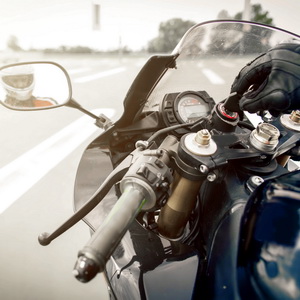
Riding Psychology
You know what it is like when you are 'in the zone', everything just seems to flow, one corner seamlessly blending into the next, and you are always in the right place on the road. You also know when you are not in the zone, because everything seems to go wrong, the ride is harsh and jerky, cars take a swipe at you and it just feels like you are having a generally bad day. During the Advanced Riding Clinic Level 2, you will learn more about how fear, concentration and attitude can affect your riding and what simple steps you can take to ensure you have a perfect ride every time.
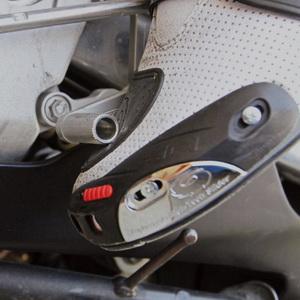
Speed Shifting
Even many experienced riders take too much time to shift. Shifting efficiently is important because during the time between shifts, the rider is especially vulnerable. When a sudden change in speed is required, like when a car pulls into your lane, it's vital to be able to accelerate immediately. If you're caught up in the shifting, you won't be able to speed up in an emergency. During our Advanced Riding Clinic Level 2, you will learn how to upshift and downshift quickly and skillfully.
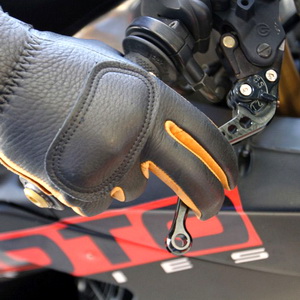
Maximum Braking
Because emergency stops can be scary due to the limited amount of traction you have and how much it would hurt to kiss the ground, very few riders practice quick braking and even less have the actual knowledge and skills to do it safely. At our Advanced Riding Clinic Level 2, you will learn and practice the right technique to achieve the shortest stops possible so you become prepared when you need to brake hard and avoid a hazard.
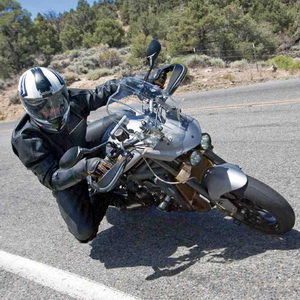
Trail Braking
New riders are usually taught to do all of the braking before making a turn. This is sometimes good advice, but there are times when it is preferable—or even necessary—to continuously brake before and while entering a corner. While many people consider this a racing technique, during our Advanced Riding Clinic Level 2 you will learn that there are even more benefits to using trail braking on the street than there are on the track.
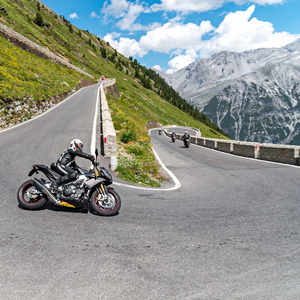
Tightening Your Line
Not all curves are created equal and there are times when you need to tighten your line mid-turn. Whether it is because you unexpectedly found yourself in the middle of a decreasing radius turn or because you need to avoid a hazard in the curve, knowing how to skillfully reduce the radius of your line can save you from crashing and getting hurt.
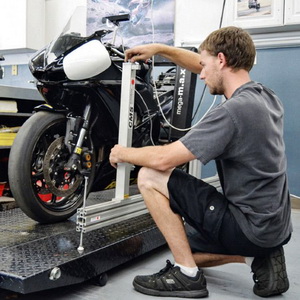
Chassis Tuning
There is more to handling than just suspension setup—chassis geometry also plays an important role. Because your idea of the ideal handling characteristics for your motorcycle may be different from the ideas of the engineers who designed it, tailoring your chassis specifications can make a dramatic improvement in how your bike handles.
Our Advanced Riding Clinics are based on the best-selling book Total Control: High Performance Street Riding Techniques, by Lee Parks.

How It Works
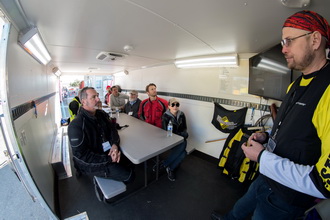
Part of the reason for the program's success is the dynamic classroom training, which includes both theory and application of the Total Control ARC techniques. By including a basic analysis of vehicular dynamics, riders get a clear understanding of how their actions affect their bikes. For instance, in the suspension portion of the class, riders learn how to analyze the effectiveness of their suspension and how to set it up for maximum control and comfort.
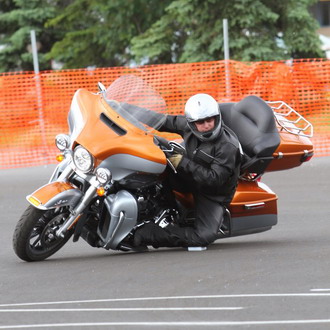
The range portion of the training is done in a large parking lot or skidpad where each of the skills are individually broken down and practiced. Working on only one skill at a time is the fastest way to make consistent riding improvements. The beauty of doing it this way is that the student is never asked to make a huge "leap of faith" in any one area. Each skill is built up in small two-mph increments until the desired result is achieved. This allows for high confidence and never gets too scary. In fact, cornering speeds never go above 25 mph. While this may seem slow, in a tight enough corner, 25 is very, very fast. Combined with a strategic "building block" formula for integrating the individual skills into a complete riding package, the Total Control ARC enables riders to learn faster and easier than ever before. Equally important, all the Total Control ARC skills are taught with their direct applications for street riding. After all, knowing how to do something is of little value if you don't understand when and where to use it.
Am I Ready for ARC?
Because of the advanced cornering skills and techniques that we teach during ARC, it is important that riders who take this course arrive with a solid riding foundation in order to make the most out of the class. The best way to assess if you are ready for ARC is by responding to these other three important questions:
- Do you feel confident and relaxed riding through a curvy road, at regular road speeds?
- Do you feel confident in your ability to swerve around an unexpected obstacle, at road speeds?
- Do you feel confident in your ability to make your motorcycle stop in a very short distance during an emergency?
If you answered YES to the three questions above, then ARC is for you and you will enjoy it greatly! However, if you responded NO to any of the questions above, you should consider the Intermediate Riding Clinic as the next step in your riding education.
Requirements
All students must provide their own motorcycle or scooter. Motorcycle or scooter should be in proper working order, including cooling and charging systems, and a battery that is in good condition. Protective gear is required for all students, which includes a DOT-approved helmet (full-face recommended), motorcycle jacket and pants, gloves and boots that cover the ankles. Jeans and fingerless gloves are not allowed, but Kevlar jeans will be accepted. Absolutely no race tires, race compound tires or car tires allowed regardless if they are DOT approved.
Course cost
$425 (Level 1)
$450 (Level 2)
Next available classes:
The Total Control ARC® Promises
The Total Control® team is committed to making you a better and safer rider and, in doing so, makes these promises:
Specific, measurable improvement in your riding
No matter what skill level you are now, the Total Control ARC® will make a recognizable difference in your ability to control your bike.
Better understanding of how your bike works
How what you do affects your bike's ability to maintain traction and control.
The ability to self-diagnose riding problems in the future
While it's great to be able to ride better in front of a skilled coach, it's equally important to be able to coach yourself when you detect a riding problem in the future. There are enough support materials in our package to help make sure you won't forget what you learned during your training.
High teacher-to-student ratio
Each class is divided in groups with never more than six students per instructor for lots of individual attention and support.
Friendly, professional service
The Total Control ARC® instructors are highly trained and carefully handpicked for their teaching abilities and friendly dispositions. Your experience at the Total Control ARC® will be a positive one.






 (951) 736-8179
(951) 736-8179


